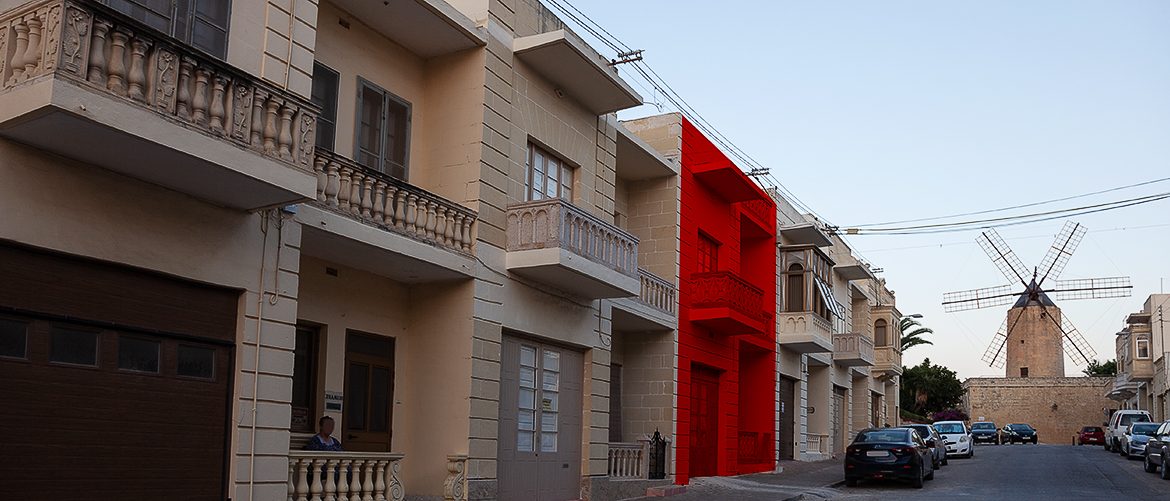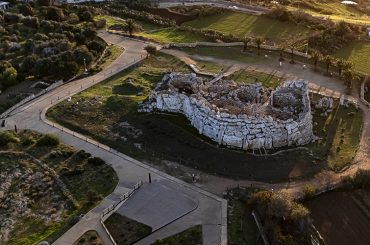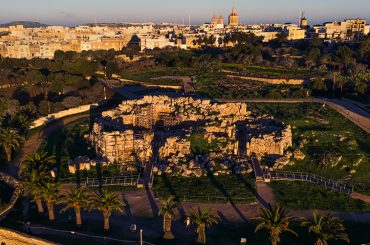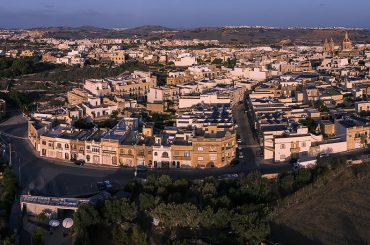An architect has corrected an architectural drawing after I revealed the drawing to be fraudulent in terms of planning law. The architect, Deborah Busuttil, sat on the planning board – the highest board of the Planning Authority on development applications – for about 18 months. Her tenure on the board was not renewed after the appointment of a new board earlier this month, which saw five of its members, including Busuttil, replaced.
Busuttil had drawn up the streetscape elevation for a development application situated just sixty metres from Malta’s most famous windmill, Ta Kola, and within the buffer zone of Ggantija Temples.
Busittil’s streetscape elevation showed rooftop rooms on each of the two adjacent two-storey buildings on either side of the proposed development. But the two rooftop rooms on the right do not exist, while those to the left are smaller than depicted.

In the correction, filed a month ago, Busuttil amended the drawing, removing the rooftop rooms to the right and drawing the ones to the left smaller.

The streetscape elevation is a crucial document in planning applications because it serves to demonstrate how the proposed development would fit within the existing streetscape. The streetscape is all the more sensitive in this case given the location near Ta Kola Windmill and within the buffer zone of Ggantija Temples.
The application for an enlargement of a townhouse into a larger building holding nine bedrooms and eleven bathrooms was approved by the Environment and Planning Review Tribunal last Spring, overturning the Planning Authority’s refusal. It sets a precedent of denser and higher development in a block – and area – that has largely survived as an enclave of two-storey townhouses.
I have joined the NGO Moviment Graffitti in legal proceedings aimed at getting the permit revoked. The main basis for the request for revocation is the fraudulent architectural drawing.
The lawyer who is handling the case – Joseph Mizzi of Muscat Mizzi Advocates – has offered to work on the case pro bono (without payment for his services). Mizzi has submitted the legal application and filed the evidence, and sittings in the case are expected to get underway in the next few months.
Like to stay informed on the progress of these legal proceedings, and receive newsletters about important stories published on this website? Then fill in the form below to subscribe.





